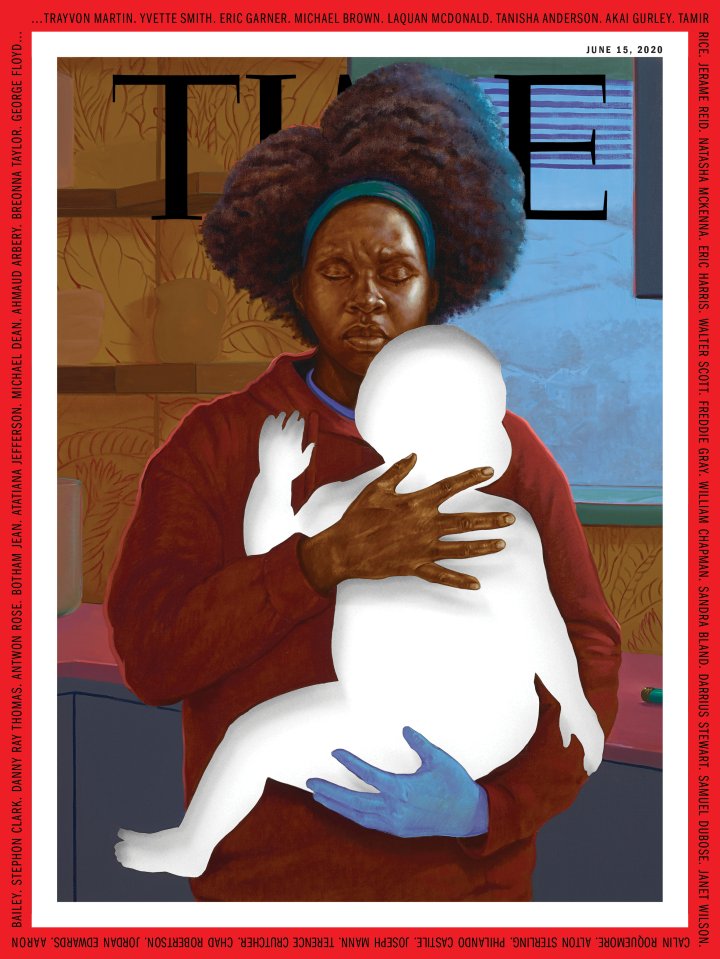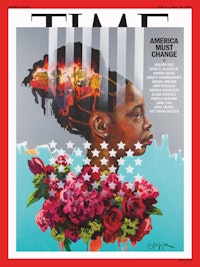Dona Drake

By Source, Fair use, https://en.wikipedia.org/w/index.php?curid=23487213
Today's subject is Dona Drake, born November 15, 1914, deceased June 20, 1989. Eunice Westmoreland, as she named at birth, was 3/4 Black. Busy bee sources dug into what her grandparents lineages were.- one set were Black; another, Black/White. This was according to a U. S. Census. Who knows? She was born in Miami, FL which is, and has always, been a mixing bowl of cultures. Suffice it to say, she "passed" as Mexican. Which I could picture her doing from her appearance. Actually, it's incorrect to label her "BLACK" as her lineage was such a mix but this is the U S of A where race matters tons! Though the younger generations are fighting it. Personally with all the intermarrying and mating afoot, there needs to be a revision in the choices on those forms where they ask one's race. I mean it is 2020. Women born of two Black parents do not need a Dona Drake to rep for them as she does not look like the typical Black woman in the U. S. She was a mixed race female and looked it. Substituting her for the average Black woman was, is, not truthful just as substituting the average Black woman for a mixed race one is not truthful. It's not fair to either party involved.
But I digress.
Anyhoo, during that era, non-White women who longed to be discovered would start as a chorus girl in a nightclub revue. Also, per usual, the girls who landed those jobs were quite light-skinned or mixed race or what is known as "high-yella" in the Black community. Think the women who worked at the Cotton Club in NYC. This selection based on how light one was had been used for years as the patrons of these night spots were White. In their minds, a darker female was servant, maid, mammy material. A Black woman of that hue was not someone thought of as alluring no matter the person's talent. Plus, the selection of lighter-skinned Black females set the patrons minds at ease as "light" was seen as non-threatening. I find that hysterical as anyone hopping around on a cramped stage is there to get paid and seen, not to attack the audience. Anyhoo, to calm the nervous, but eager-to-oggle "exotic" entertainment, White patrons, who came to watch non-White women scamper about in scanty attire to music, these clubs followed their demands and those of established society.

Dona's ambiguous otherness caught the eye of Hollywood who decided they could get double the work out of her - she could play a light-skinned Black woman OR any "ethnic" woman. She was a consummate singer, actress and dancer. She cycled trough several names (Una Villon, Una Velon, Rita Rio, and Rita Shaw) before settling on Dona Drake. From the mid-1930s to the mid-1950s, she made about 60 films and broadcasts in aaddition to performing in clubs in an all girl band (The Girlfriends) She seemed to have had a content, non-controversial life. She married a Caucasian costume designer, William Travilla (famous for creating the white halter dress that Marilyn Monroe immortalized in The Seven Year Itch), had one daughter and retired. She passed from pneumonia and respiratory failure at the age of 74 in 1989.


